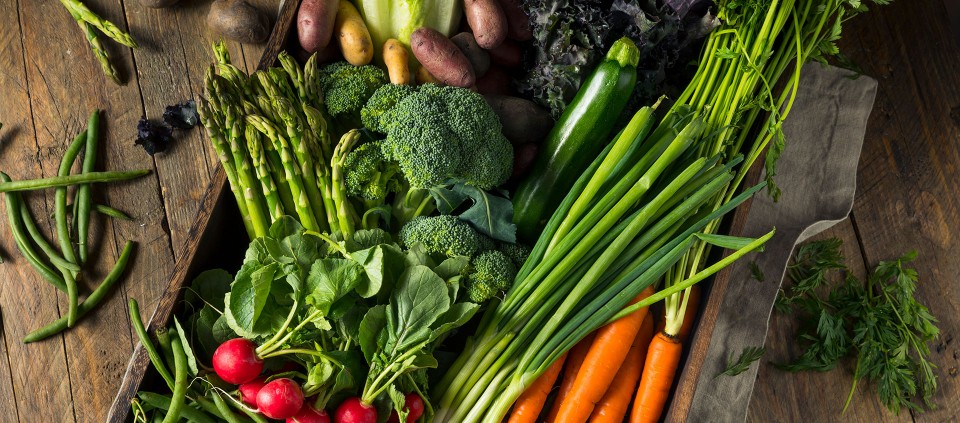The Protective Power of Phytonutrients

Some plants are considered superfoods because of the epigenetic instructions they provide to your DNA. Phytonutrients are the reason the villagers I met along the Amazon did not suffer from the four great maladies of modern life: cancer, heart disease, diabetes, and dementia.
Cruciferous vegetables, tomatoes, and various nuts and seeds are central to the diets of people who live in blue zones—areas around the globe where the inhabitants have unusual longevity and good health, most notably Okinawa, Japan; Sardinia, Italy; Nicoya, Costa Rica; Ikaria, Greece; and Loma Linda, California, which is home to a large community of Seventh-Day Adventists, a religious group that maintains a lacto-ovo vegetarian diet (a vegetarian diet that includes dairy products and eggs).
As a rule of thumb, the more colorful a fruit or vegetable, the richer it is in phytonutrients and the greater its power as a superfood. While we can also ingest phytonutrients in the form of nutritional supplements, eating them in their natural form lets us get the full benefits of their living nutrients.
No matter how carefully we think we’re eating, we may still be missing out on nutrients, however. Research indicates that much of the produce found in supermarkets is relatively deficient in phytonutrients compared to produce sold at farm stands and farmers’ markets or picked from your kitchen garden. And even farm-fresh produce can’t match the power of its wilder cousins. As Jo Robinson, author of Eating on the Wild Side: The Missing Link to Optimum Health, explains, “Wild dandelions, once a springtime treat for Native Americans, have seven times more phytonutrients than spinach, which we consider a ‘superfood.’ A purple potato native to Peru has 28 times more cancer-fighting anthocyanins than common russet potatoes. One species of apple has a staggering 100 times more phytonutrients than the Golden Delicious displayed in our supermarkets.”
The reason for this nutrient loss, Robinson explains, is that for the last 10,000 years, farmers have been selecting the sweetest, least bitter plants to grow in their fields and orchards, selectively breeding out the sour taste of most wild foods. Today we understand that the bitter, astringent flavor of some vegetables indicates that the plant is high in polyphenols that protect the plant—and you—from disease. But our farming ancestors selected plants that were high in sugar and low in fiber—quick energy sources that were tastier. The result was a steady decline in the health benefits of plants we used as food.
For maximum benefit, we should eat vegetables and fruits that are in season, free of pesticides, and locally grown. The fruits and vegetables that most grocery stores sell as fresh are picked days or weeks before they’re ripe, with the idea that they’ll ripen in transit. In the process, they lose much of the flavor and nutritional value they would have gained from ripening naturally under the sun. Think of how flavorful a garden-fresh tomato is, and how bland and papery its grocery-store cousins taste. Supporting local farmers not only ensures that our produce will be fresh but also reduces the carbon footprint of transporting foods long distances.
If good, fresh fruits and vegetables aren’t available locally, the best alternative is frozen organic produce: frozen fruits and vegetables are picked at the height of freshness and immediately ash-frozen. Canned fruits and vegetables should be avoided at all costs. These processed foods contain all sorts of chemicals and other unhealthy additives, and much of the nutritional value has been lost. Whenever the opportunity to gather wild foods presents itself, go for it. Nothing tastes quite like a salad of wild dandelion greens!
Browse cooking and nutrition programs at Kripalu.
Sample more food-related videos, recipes, and articles: The Om of Yum
This excerpt has been reprinted with permission from Grow a New Body: How Spirit and Power Plant Nutrients Can Transform Your Health by Alberto Villoldo.
Alberto Villoldo, PhD., is a neuroshaman, medical anthropologist, psychologist, and shaman who studied the spiritual practices of the Amazon and the Andes for more than 30 years.
Full Bio and Programs